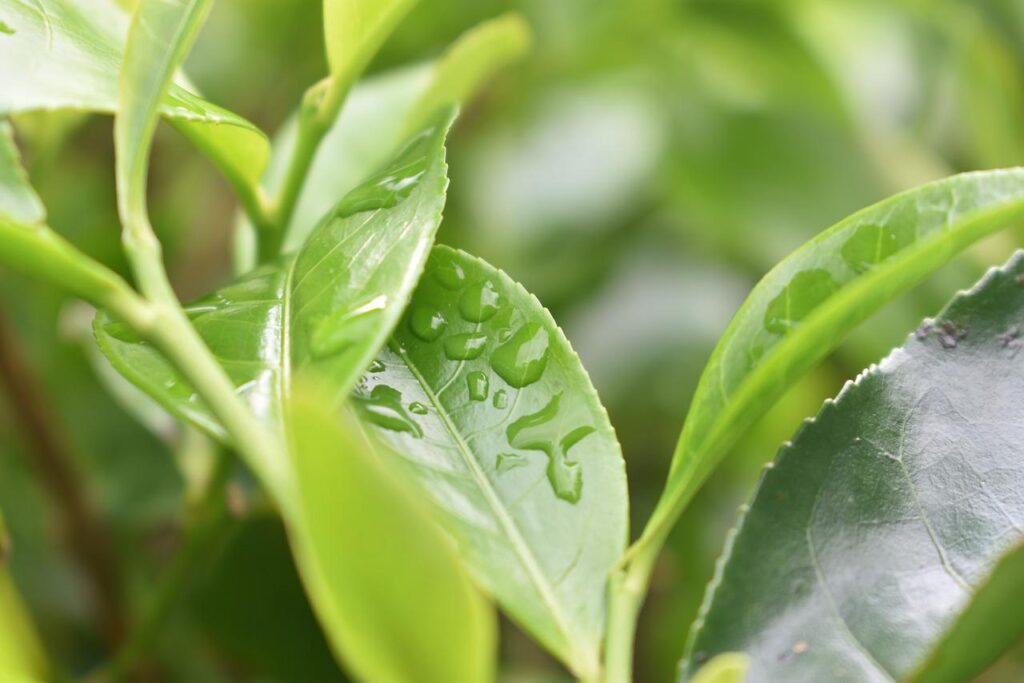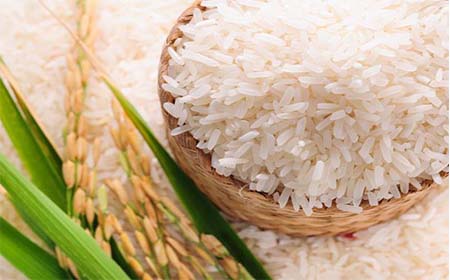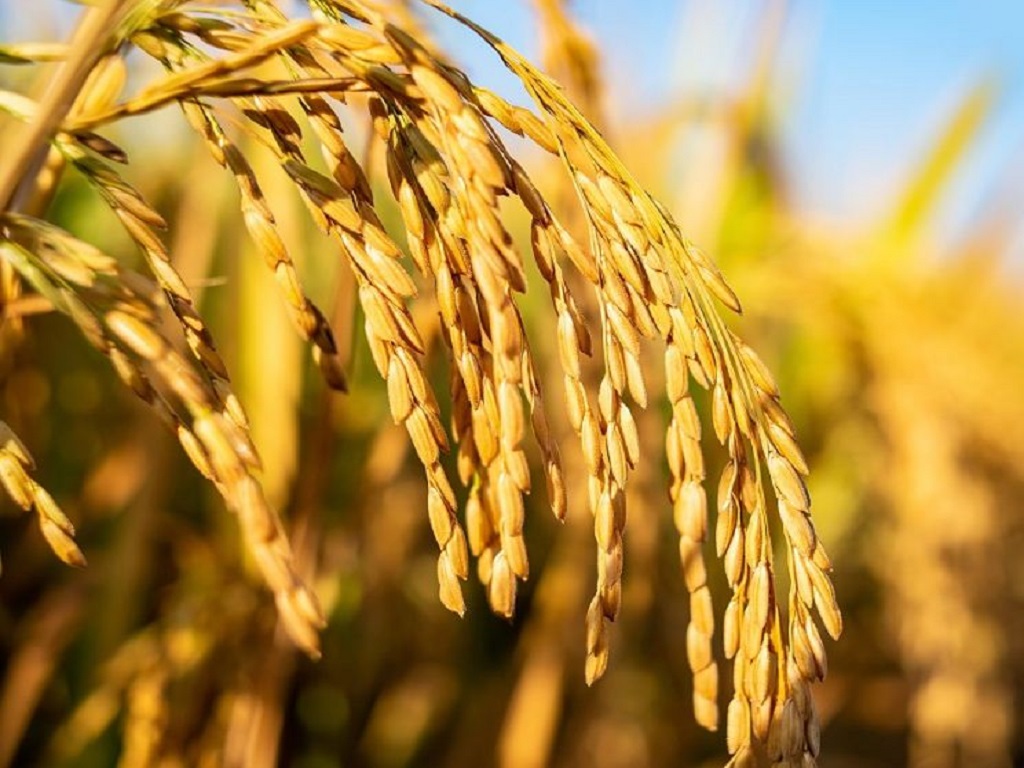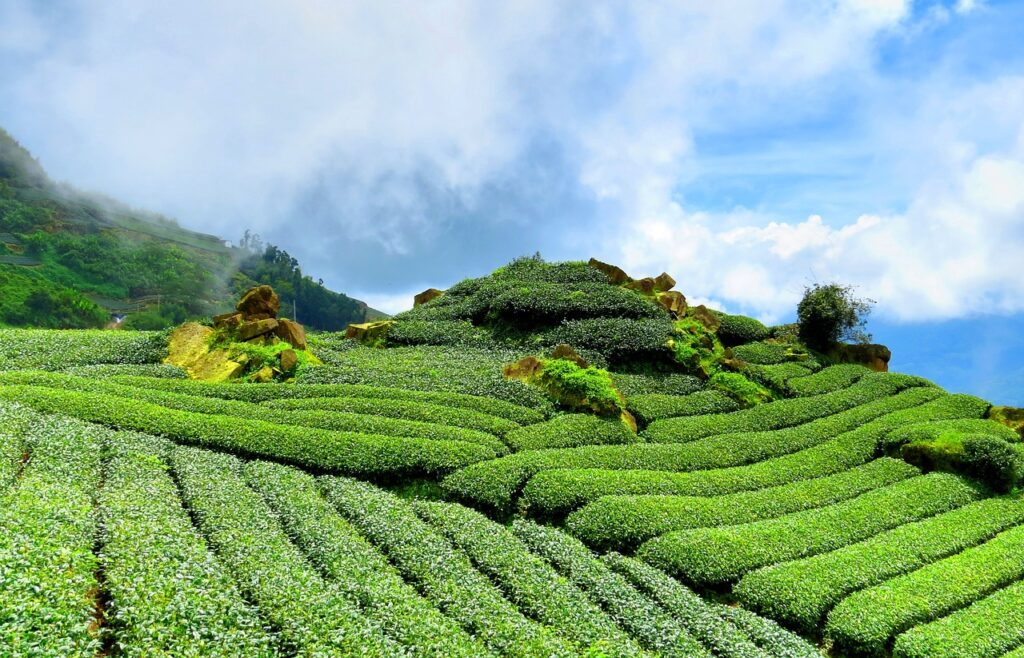Origin of Tea in India
TEA is the country’s favorite addiction. Tea or as we lovingly call it, ‘chai’ is something whose aroma exists in almost every household in India. But someone who has true love for his cup of Tea, then how can he forget to take a trip to a tea garden in India? But certainly , that doesn’t mean visiting a restaurant or cafe with a garden that serves tea, but the actual tea estate where the tea plantations are situated. The actual tea estate where people live with nature and pluck tea leaves with their hands. These lush green forest areas are so tranquil and provide the ultimate backdrop to sip your tea.
Now the question arises in our mind…..
When did Tea come to India?
Historical records indicate the prevalence of tea drinking in India since 750 BC. In the 16th century, a vegetable dish was also being prepared using tea leaves with garlic and oil. However, the credit for rediscovering tea and cultivating it at a commercial level goes to the British.
Tea Cultivation was commercialized by the British in India
Commercial tea cultivation in India was driven by the British who consumed tea in enormous quantities, which they bought from China. By 1750, they were purchasing millions of pounds of tea every year from China. Even though the British managed to counterbalance it with the opium trade to some extent, they found that their tea consumption was exorbitantly expensive and unsustainable. This realization led to a sustained effort by the British to understand tea production – and start tea cultivation in India.

- In early 1774, Warren Hastings, then Governor-General of Bengal, sent a few select samples of tea seeds from China to his British emissary in Bhutan – George Bogle – for planting.
- Noted English botanist Sir John Banks, who was asked to make notes on tea in 1776, concluded that the British must undertake tea cultivation in India.
- Colonel Robert Kyd from the army regiment of the British East India Company also tried to cultivate Chinese seeds at the botanical garden that he founded (now named Indian Botanical Garden at Howrah in present-day Kolkata) in 1780.
- In 1823, Scottish explorer Robert Bruce discovered a native tea plant that was growing in the Upper Brahmaputra Valley and being brewed by the local Singhpho tribe. Assamese nobleman Maniram Dutta Barbhandari Baruah (also known as Maniram Dewan) gave this vital information to Robert and his brother. Maniram went on to become the first Indian to undertake private tea cultivation in Assam.
- Although Robert Bruce died before he could get the plant officially classified, his brother Charles Alexander Bruce dispatched the tea samples to the Botanical Garden at Calcutta on Christmas Eve of 1834. On closer analysis, these were officially classified as a variation of the Chinese tea plant (Camellia sinensis var Sinensis). This plant was named Camellia sinensis var Assamica (Masters) Kitamura.
History & Origin of Assam Tea
Initially, the British felt that the Assam tea plant was inferior. But later they realized that the Chinese variety was unable to survive the hot weather conditions in Assam. Eventually, they decided to go ahead with the Assamese plant.
By 1838, the first consignment of 12 chests of Assam tea had reached London. Subsequently (in February 1839) the Assam Company – the first joint stock tea company – was formed in London. This was followed by the setting up of other companies like George Williamson and Jorehaut Tea Company.
History & Origin of Darjeeling Tea
Darjeeling was transferred to the East India Company in 1835, and the Chinese tea variant was deemed suitable for the region in 1841.
- A Campbell was the first person to plant Chinese seeds in Darjeeling that he had brought from Kumaon
- Commercial tea plantations in Darjeeling started in the 1850s – and 113 plantations were set up by 1874, covering 18,888 acres and accounting for a production of 3.9 million pounds
How Tea Cultivation Spread to Other Parts of India
The positive results of tea cultivation in Assam and Darjeeling inspired many similar endeavors towards tea cultivations across the entire foothills of the Himalayas and other parts of India – such as Kumaon, Dehra Dun, Garhwal, Kangra Valley, and Kulu in the north – and Nilgiri in the south.
- North India: By 1863, 78 plantations had been set up in Kumaon, Dehra Dun, Garhwal, Kangra Valley, and Kulu.
- South India: Dr. Christie was the first to explore the potential of tea plantations in the Nilgiri in 1832.
Tea Cultivation in India after 1947 (Post British-Era)
Tea production in India has continued to prosper since 1947. The Indian Entrepreneurs played a key role in this regard, as many Entrepreneurs took over tea plantations from British owners.
India has approximately 543,068 hectares of land under tea cultivation, and its major tea-growing regions are (Source: Indian Tea Association):
- Assam 312,210 ha,
- Darjeeling 17,820 ha,
- Dooars & Terai 97,280 ha,
- Kangra 2,348 ha,
- Nilgiri 66,175 ha,
- Wayanad 5,470 ha,
- Karnataka 2,140 ha,
- Munnar- Hia Ranaes 13,000 ha, and
- Travancore 14,000 ha.
Since 1947:
- Tea production increased by more than 250%
- Area under tea plantations increased by 40%
Few good-to-know facts about the TEAs of the world:
- The largest exporter of tea in the world is at present Kenya
- Some of the best black tea in the world comes from major tea exporters like China, India, and Kenya, to name a few:
- Keemun from China
- Assamic from Assam India
- Darjeeling’s first flush from India
- Ceylon leaf tea from Sri Lanka
- Earl Grey Black tea
- The best quality tea in the world or the finest tea in the world comes from regions like Assam, Darjeeling, China, Africa, and Indonesia.

Product Basket of Cohere
To know more about our offers on Assam Tea, Darjeeling Tea, Blended Tea, Wonderful Spices & Herbs, and Rice CLICK the button below:





